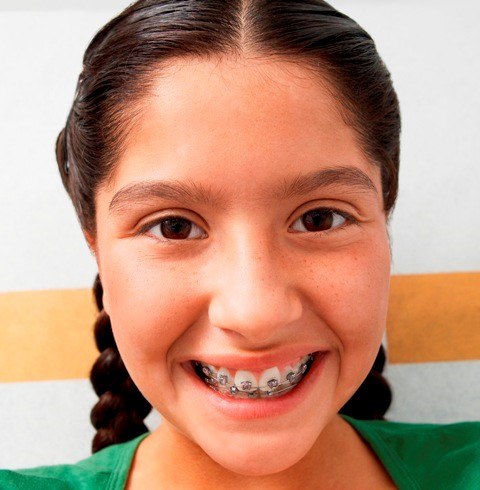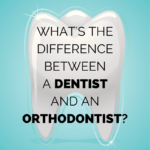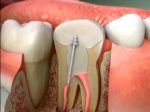Table of Contents

Prevention is better than cure and this is especially true when it comes to early orthodontic treatment for kids. As a parent, it is extremely important to keep a close watch on your kid’s dental health right from the start. You must speak to your family dentist and see if they have special programs for toddlers and younger children to set them on a path of good dental health right from the start. This is also extremely beneficial in case your child needs braces to help align his/her teeth properly. Enlisting your child in an early orthodontic care program can help you stay ahead of the curve and ensure your child’s teeth get all the help necessary to stay in good shape.
At What Age Should I Take My Child to the Dentist?
According to the American Association of Orthodontists, who officially recommends that kids should visit an orthodontist between the ages of 7 to 9. While there is no set age to do this, the earlier you take your child to see the dentist the better it is for their oral health. This allows for a proactive response to bite problems, misaligned teeth or even improper growth. It also lets your family orthodontist ascertain if your child needs braces and allows them to get the process started as soon as possible.
What Are the Benefits of Early Orthodontic Care and Prevention?
- It helps improve facial development, enhance the symmetry and boost your child’s self confidence.
- It help the dentist ensure that your child’s teeth are growing in an orderly fashion and intervene if not.
- It helps reduce the risk of teeth deformities in the future.
- It reduces the chances of long-term damage to your permanent teeth.
- It also helps improve speech and breathing while avoiding the occurrence of problems like sleep apnea.
- It reduces the risk of tooth decay and periodontal disease in the future.
What Are the Tell-Tale Signs to Watch-out For?
Watch out for the following instances to ascertain if your child needs to visit the orthodontist for braces:
- Irregular loss of baby teeth
- Inability to bite and chew properly
- Crowded or misplaced teeth
- Visible discomfort while moving the jaw
- Consistent grinding of the jaw
- Underbite or overbite
- Unusual proportions of the jaw and teeth with respect to your child’s face
All of the problems mentioned above can be corrected by ensuring your child receives early orthodontic care and help avoid any discomfort your child may otherwise face when using his/her mouth to perform activities like speaking and chewing.
What are the Different Types of Braces Available?
While the most common type of braces for kids are the ones with the brackets which use metal wires to shape and align the teeth properly, there are a number of options available depending the severity and the type of problem faced. These days’ braces with clear brackets are also available to give the braces a more minimal look and avoid drawing attention to them.
Apart from these, clear removable braces have also gained popularity recently, but its application is specific to certain conditions which your orthodontist can gauge for you!
How Long Will My Child Need to Wear Braces?
While the average duration for orthodontic treatments lasts anywhere between 2 to 4 years, only your orthodontist will be able to help you with the exact duration of the orthodontic treatment your child will require upon examination of his/her teeth. But as mentioned earlier, the sooner you get orthodontic help, the easier it is to treat quickly and the better the results will be!
How Do I Help My Child Care for His/Her Braces?
Since it is extremely easy for food to get stuck between the brackets and the wire, apart from asking your child to brush and floss properly after meals, you must also watch their diet. Keep them away from sticky, hard and sugary foods like candy, popcorn, chewing gum to avoid infractions with the braces. Braces also tend to put pressure on the teeth, so stick to making softer, easy to chew foods, especially after adjustment appointments.
In case of a loose wire or bracket, secure the area with a small piece of sterilized cotton to ensure the wire or bracket isn’t poking the gums or any other part of your mouth until you are able to get an appointment with your dentist.
While you can take all the necessary care and precaution when it comes to your child’s oral health, oftentimes, your child’s dentist will be the first person to notice any tooth related problems your child may be facing and will be able to provide corrective treatment options accordingly. This makes it all the more important for you to schedule dental visits early in your child’s life to ensure that the painful process of orthodontic braces is done away with well in advance!






